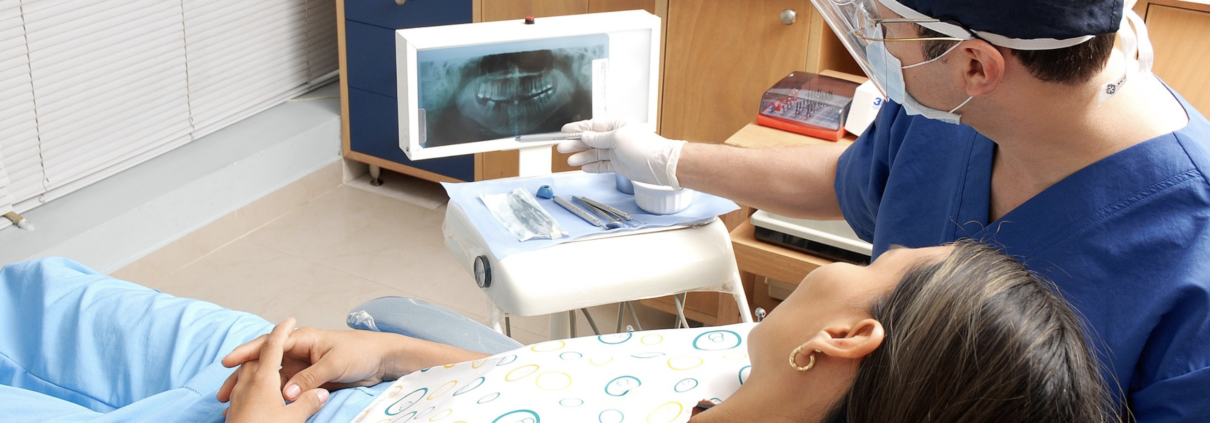N20 exposure risks to liver & kidneys
Hospital employees working in areas where nitrous oxide is used to help relieve patient pain could be at risk of developing renal or liver disease, according to some studies.
An odourless and colourless gas, Nitrous oxide is a powerful analgesic in sub-anaesthetic concentrations.
Most commonly used as a 50:50 mix with oxygen, it is commonly known as Entonox.
Although the patient inhales the N20 through a demand valve, when they breathe out some of the nitrous oxide is released back into the room. This can put care staff at risk of prolonged exposure, especially in poorly ventilated rooms.
Effects of N2O on liver and kidneys
Whilst some studies have found an increased risk of liver and kidney disease in medical personnel, these findings have not been consistent across all studies.
For example, whilst retrospective cohort studies ASA 1974, Cohen et al. 1975, 1980, Spence and Knill-Jones 1978 found an increased risk of liver disease and another study, ASA 1974, Cohen et al. 1980, found an increased risk of kidney disease in women only, other studies by Lauwerys et al. 1981 and Lew 1979 found no increased risk.
So whilst there is no need to panic about these risks to staff when working with N20, it is important that you put in place measures to minimise the risk of them suffering these diseases due to their working environment.
Protecting staff from N2O exposure
The best way to ensure that you do not run the risk of your staff being exposed to hazardous levels of Nitrous Oxide is to carry out workplace exposure monitoring.
This will enable you to comply with the Control of Substances Hazardous to Health regulations which require you to monitor and record staff exposure to Nitrous Oxide against Workplace Exposure Limits set out by the Health & Safety Commission.
Workplace exposure monitoring can be implemented easily by attaching a personal sampling tube attached to employee clothing close to their breathing zone for the duration of a shift. This tube can then be analysed and a report produced from the findings.
If dangerous levels of exposure are detected, you can then tackle this problem and bring exposure levels down to permissible levels.
Of course, as well as investing in personal sampling, you should also carry out good housekeeping on an ongoing basis. Make sure Entonox equipment is well-maintained to help prevent the risk of leaks and ensure that any ventilation or scavenging systems are functioning properly.
For information on Cairn Technology’s personal sampling service for Nitrous Oxide just click here or call 0845 226 0185 and ask for our workplace monitoring team or email them at info@cairntechnology.com



